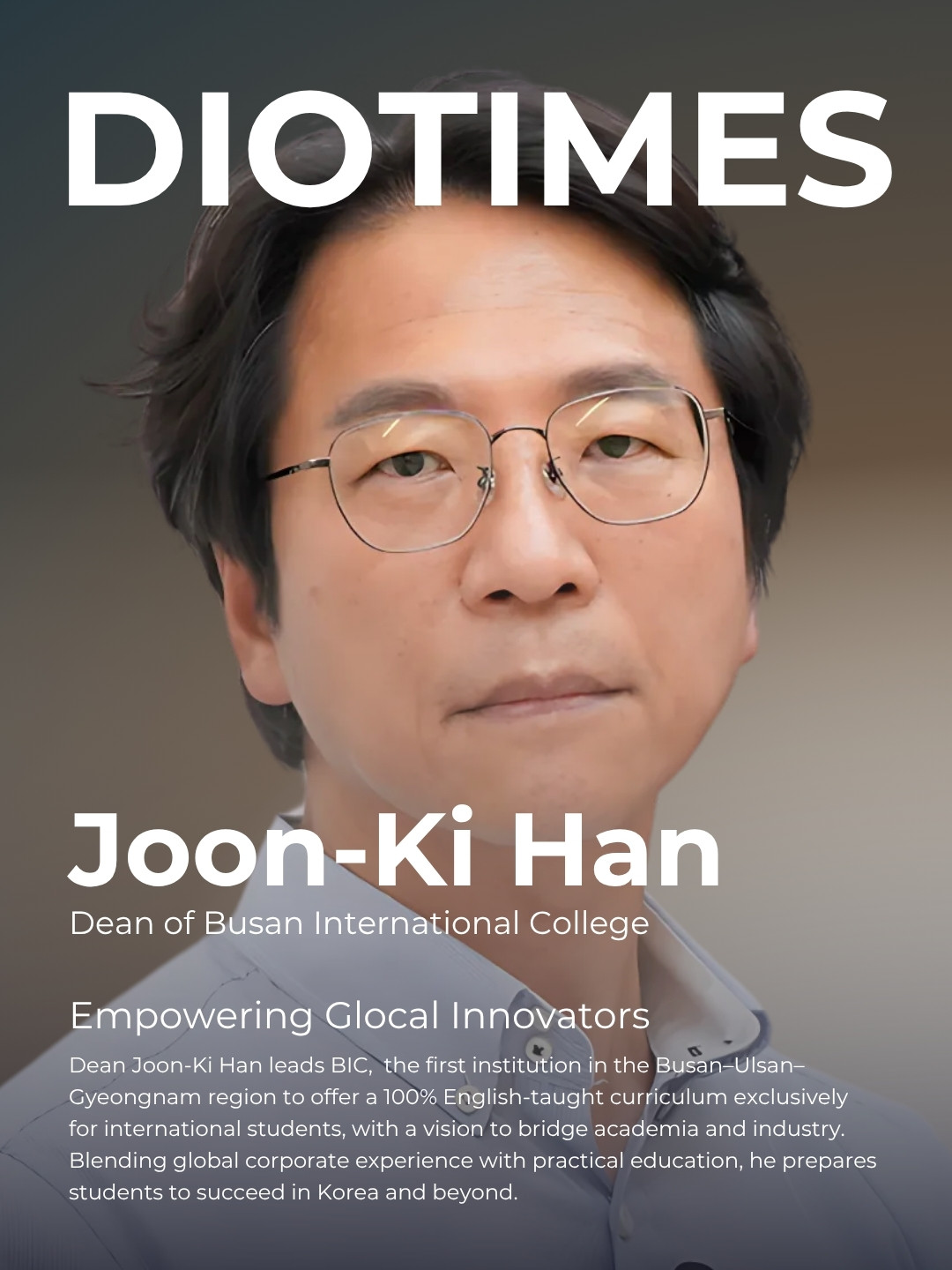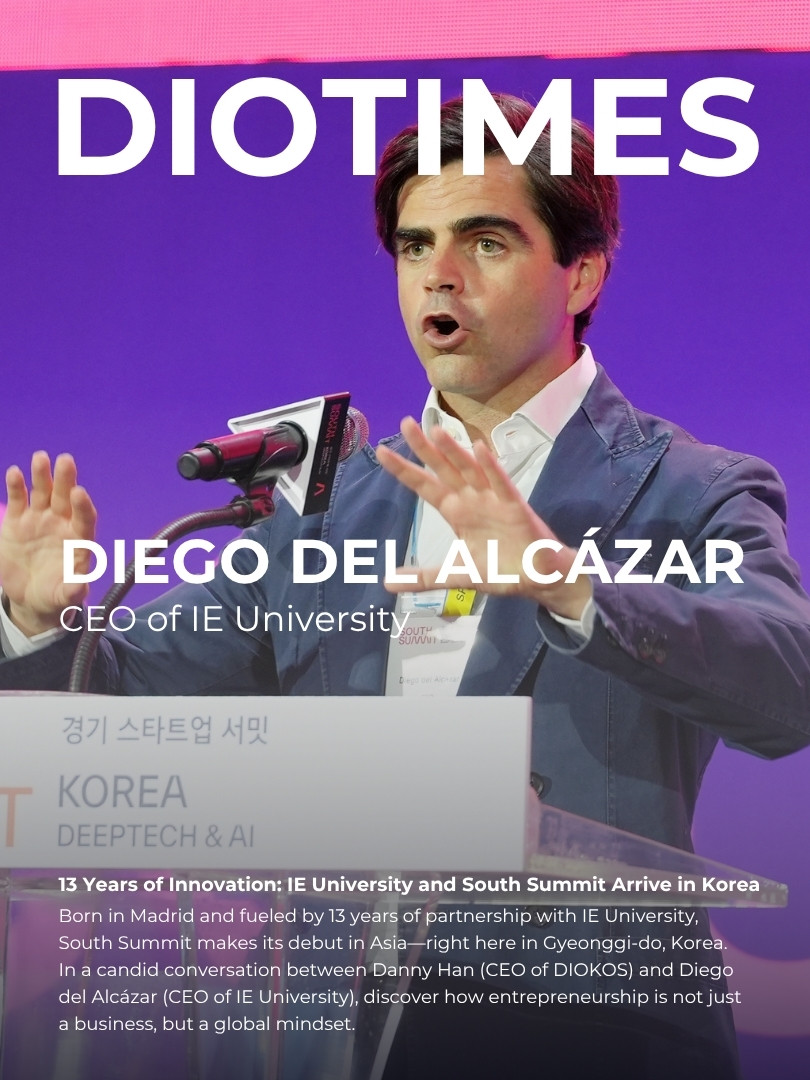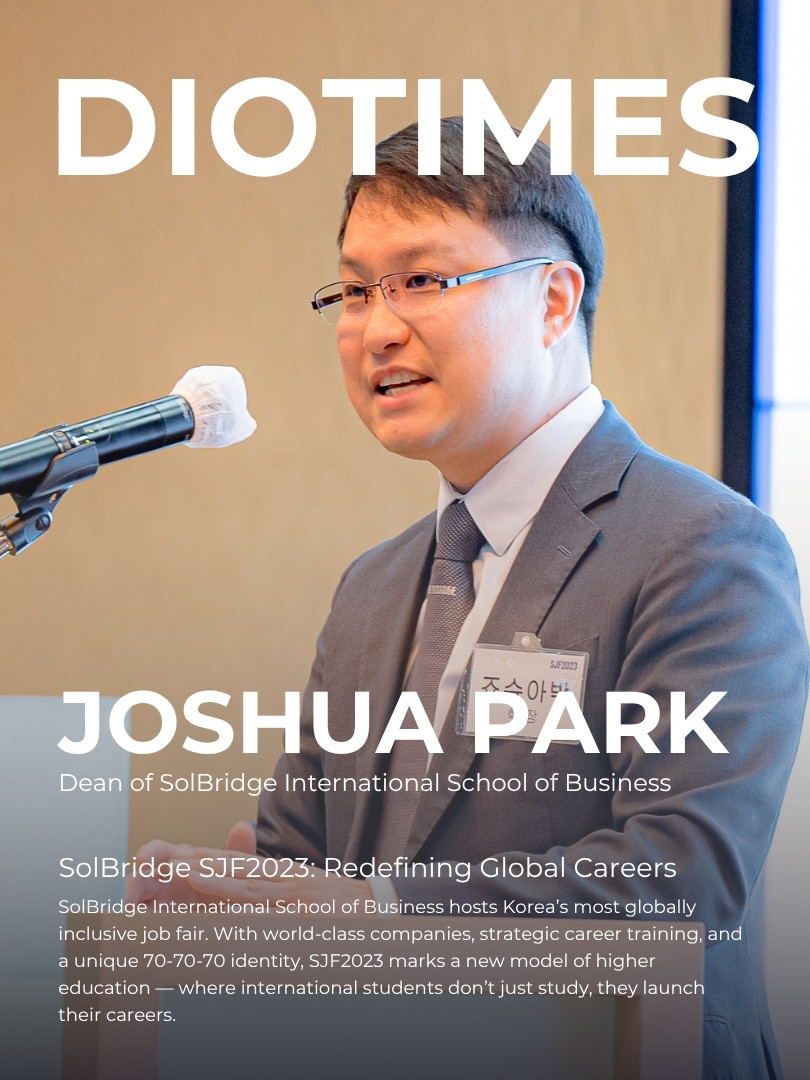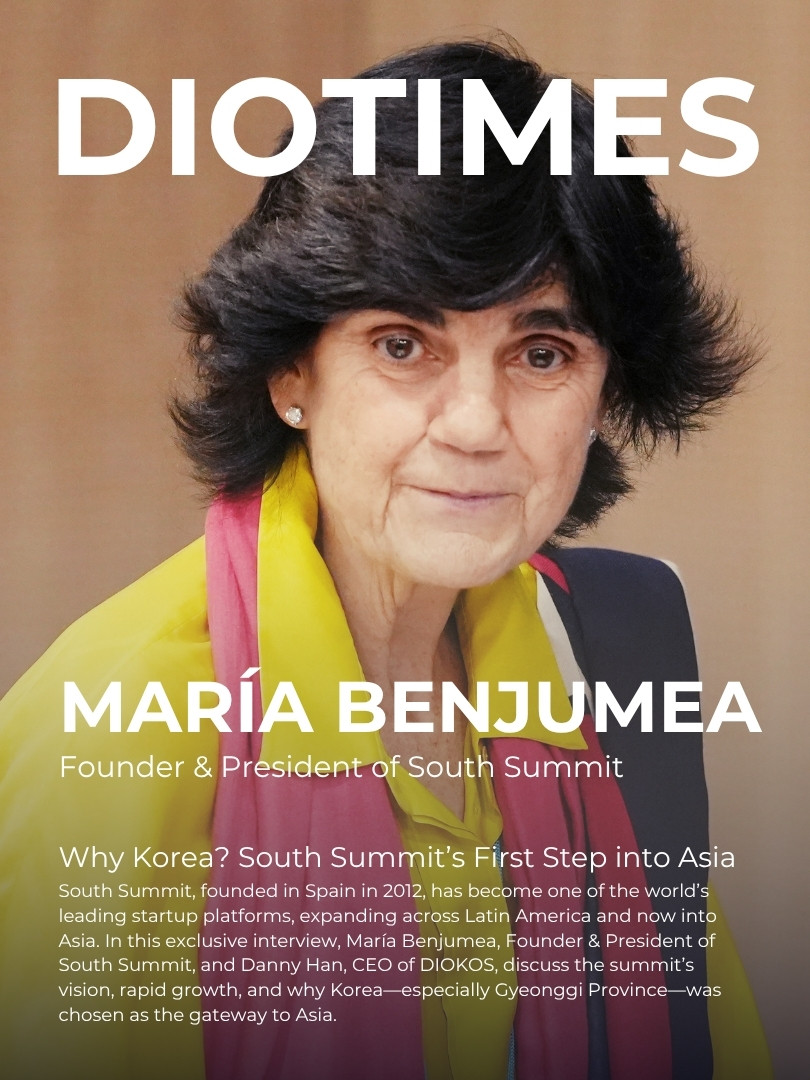In this episode, chef and TV host Martin Yan guides viewers through San Francisco’s Chinatown. Yan highlights how Bruce Lee serves as a beacon for young people across America, inspiring courage and cultural pride. Lee’s global impact mirrors that of icons like Michael Jackson and Muhammad Ali. He remains “recognizable in any village around the world,” as scholar Daryl Joji Maeda notes.
A trailblazer in martial arts, Lee introduced his philosophy, Jeet Kune Do, promoting “no way as way”—a practice of adaptability, self-expression, and unity of body and mind. His authentic portrayal of Chinese identity broke pervasive stereotypes; films like Fist of Fury redefined representation and elevated the Chinese-American image in mainstream media.
Simultaneously, lion and dragon dances have become key vehicles for youth to express cultural continuity and assert pride in their heritage. Woven with ritual, athleticism, and community spirit, these performances enliven American streets during festivals, from Lunar New Year parades to cultural showcases in towns and schools. Chinese-American teens often train for years, even representing the U.S. in international cultural and competitive events—demonstrating both discipline and innovation.
While Lee’s cinematic legacy and martial philosophy paved a path of cultural confidence, lion and dragon dances offer hands-on transmission of Chinese values to new generations. Together, both traditions forge a narrative of strength, unity, and perseverance.
As Martin Yan eloquently puts it: “Whether we’re stirring up a storm—or chopping an onion—we all play a part in preserving and spreading Chinese culture in the West.”
“China lives on in our hearts and souls, and we want to share it with the world.” This blend of martial arts legend and cultural heritage continues to inspire—fueling identity and purpose for Chinese-American youth, keeping the dragon’s spirit alive.
SOURCE People’s Daily Online WEST USA






